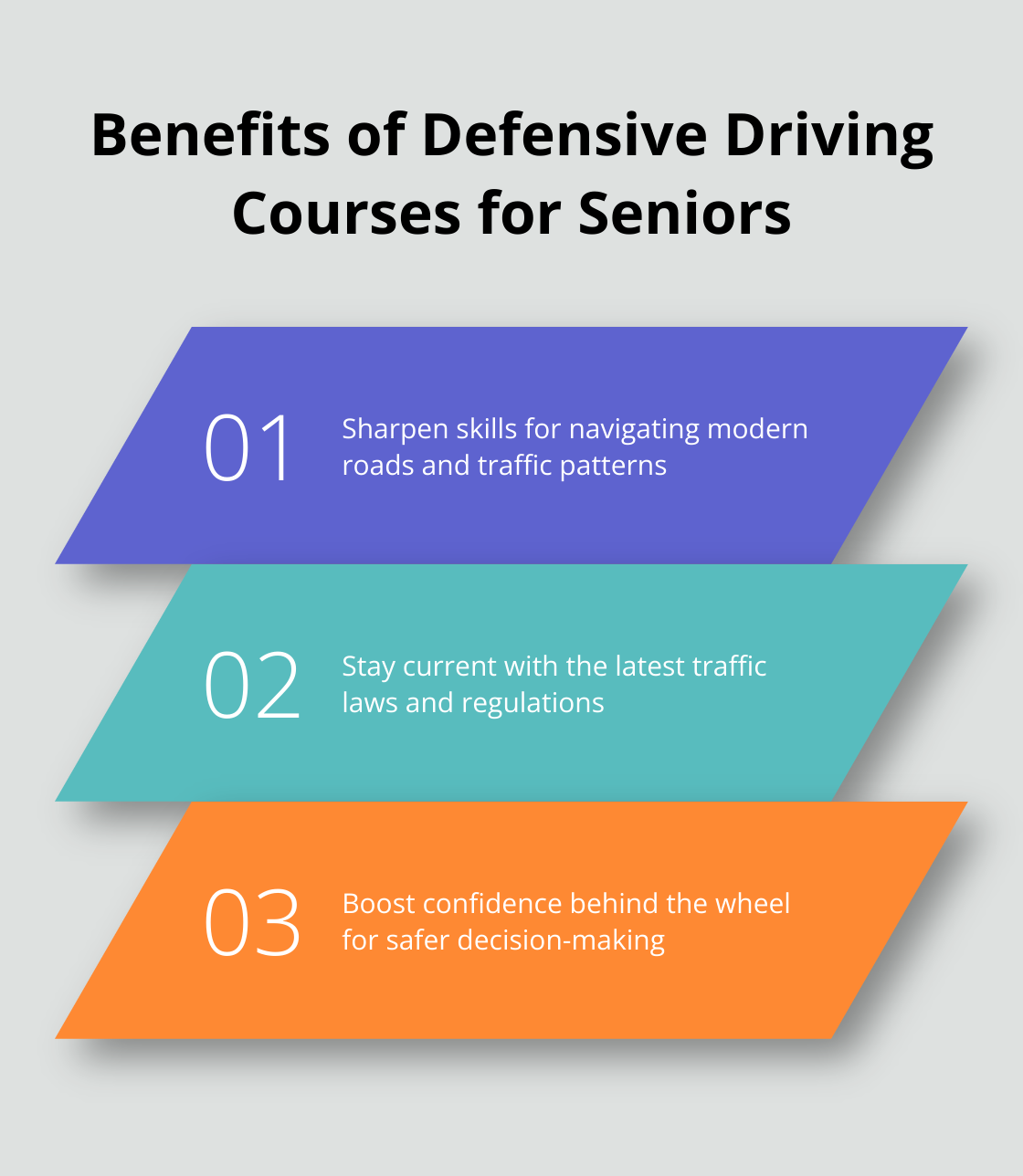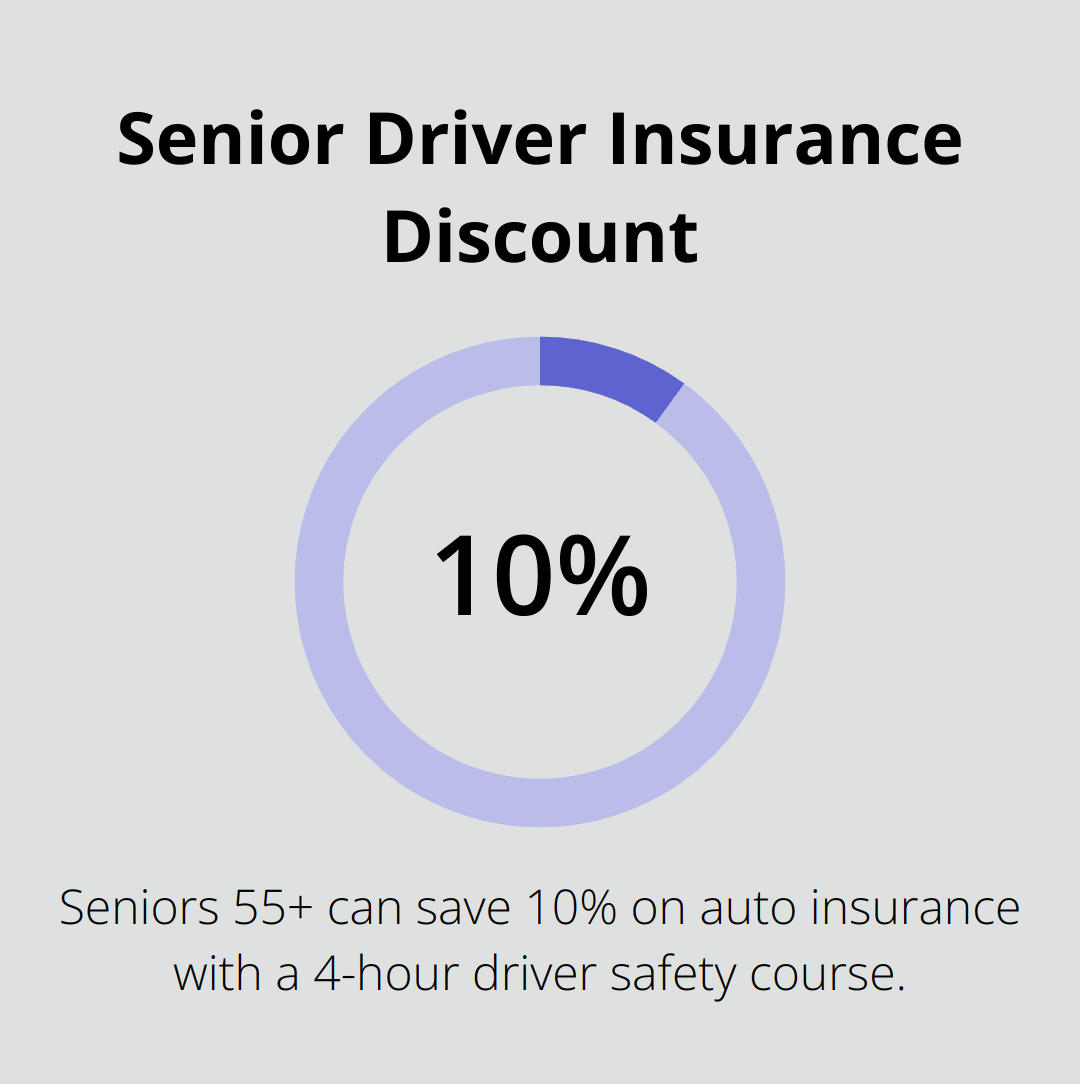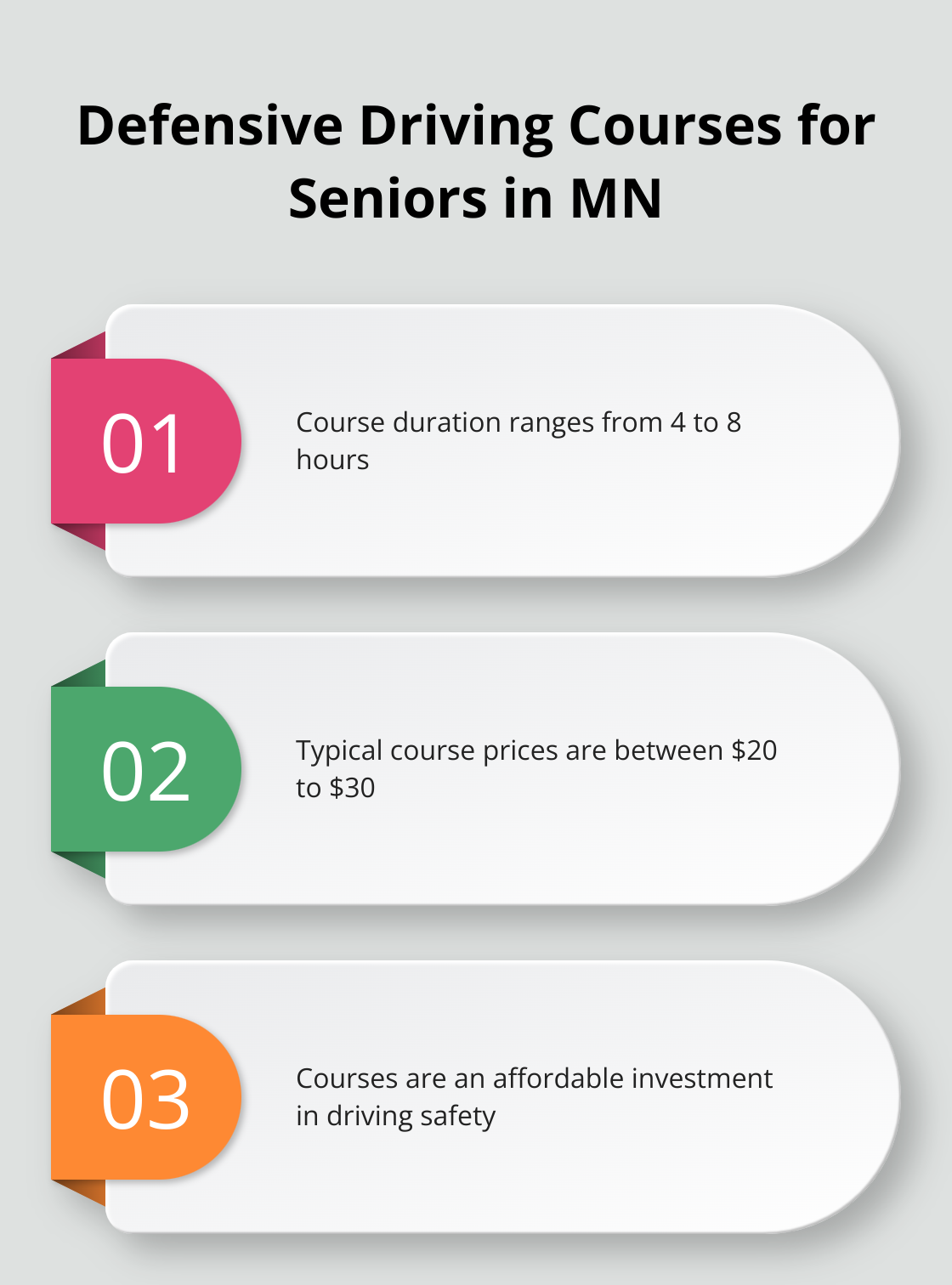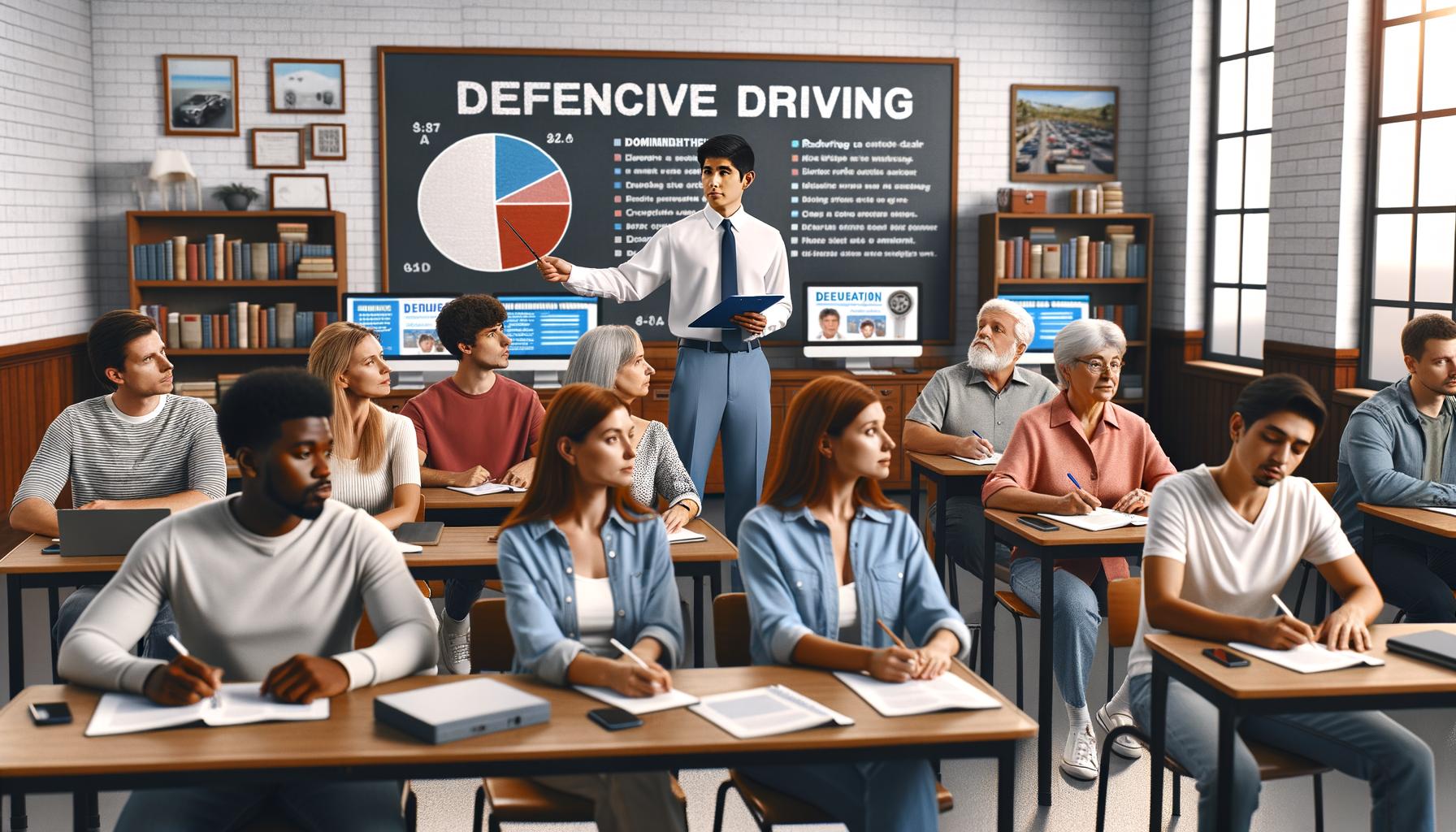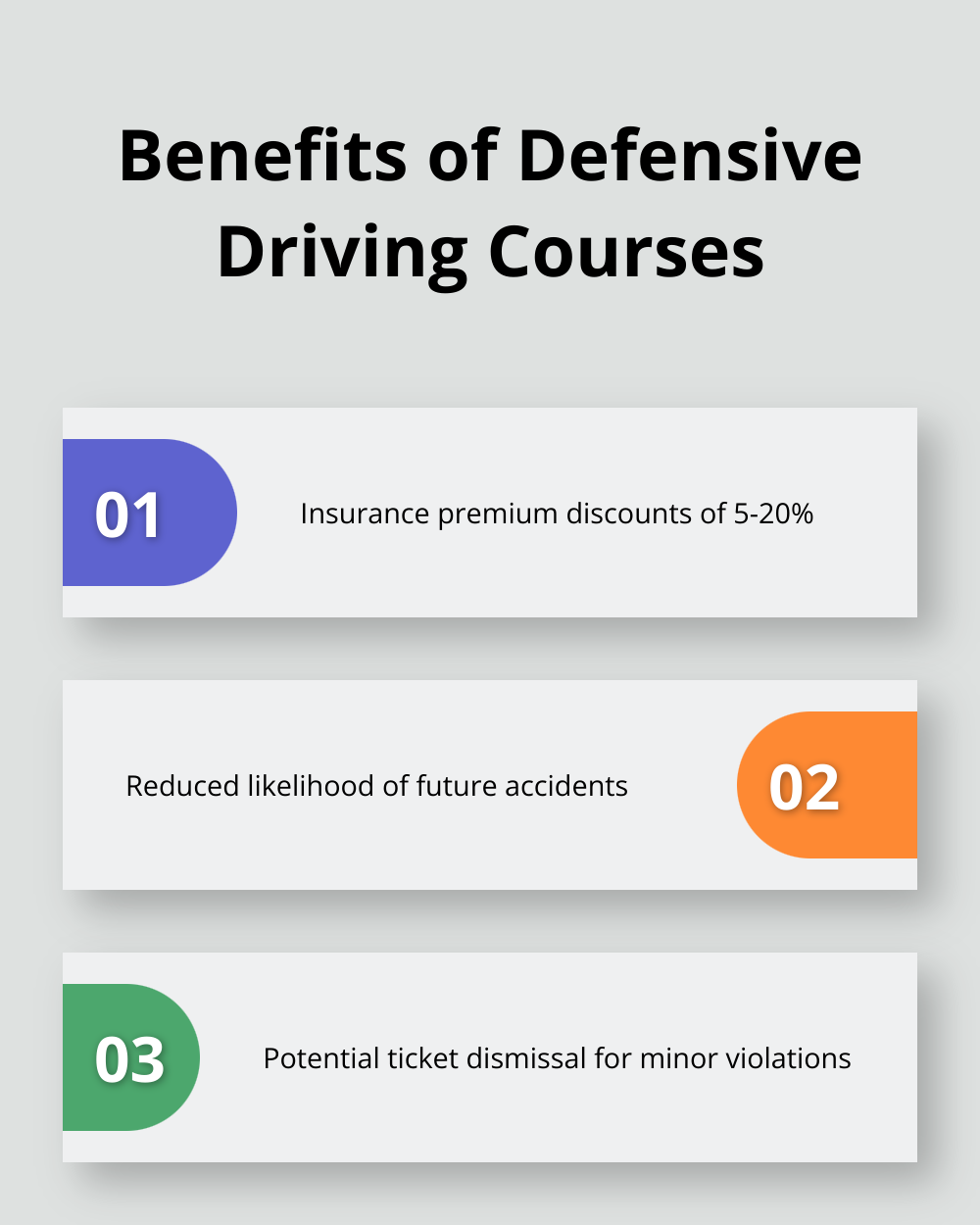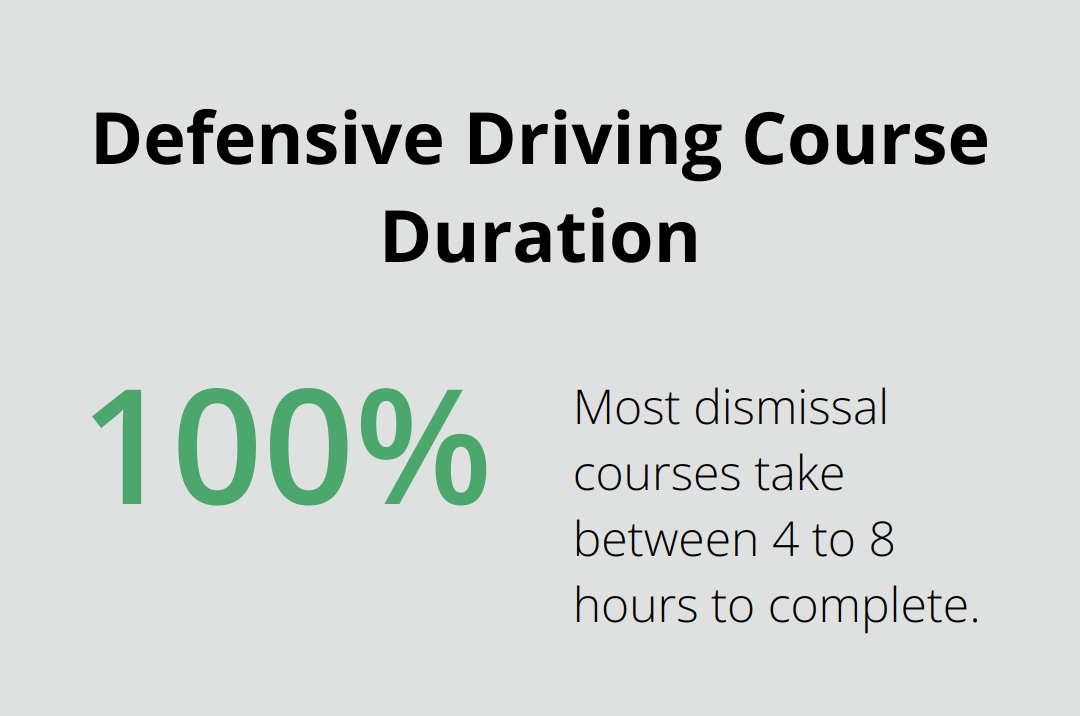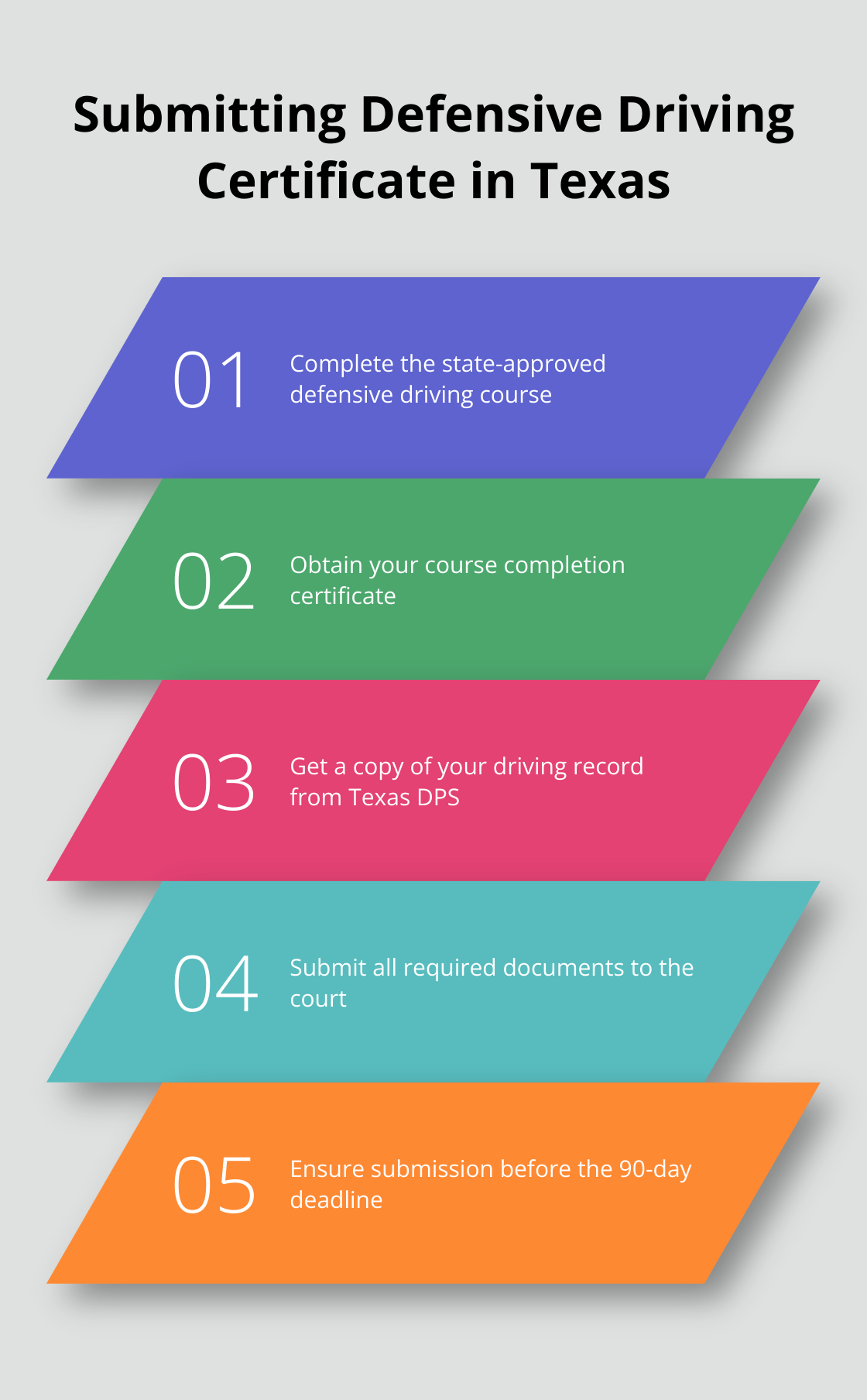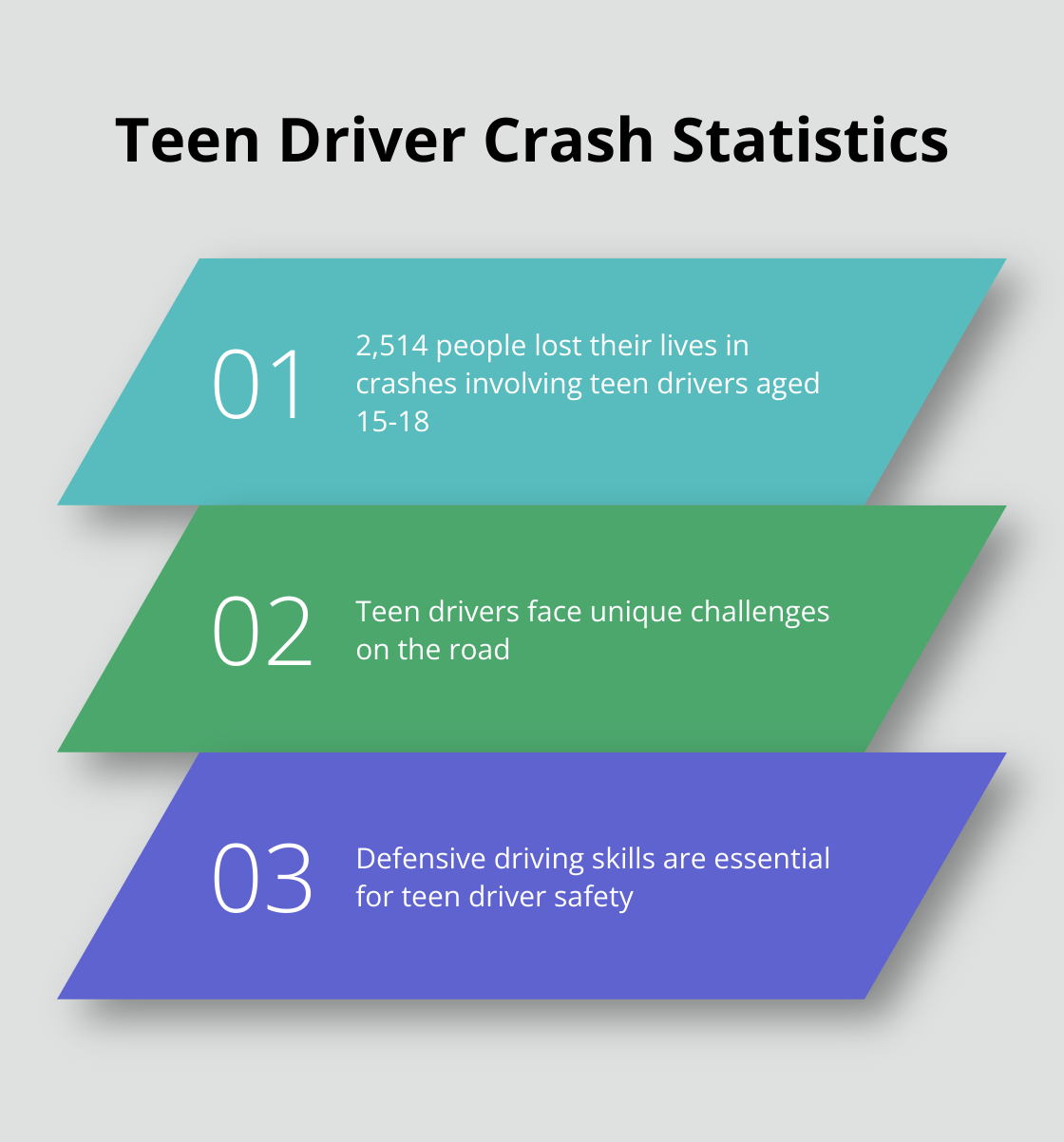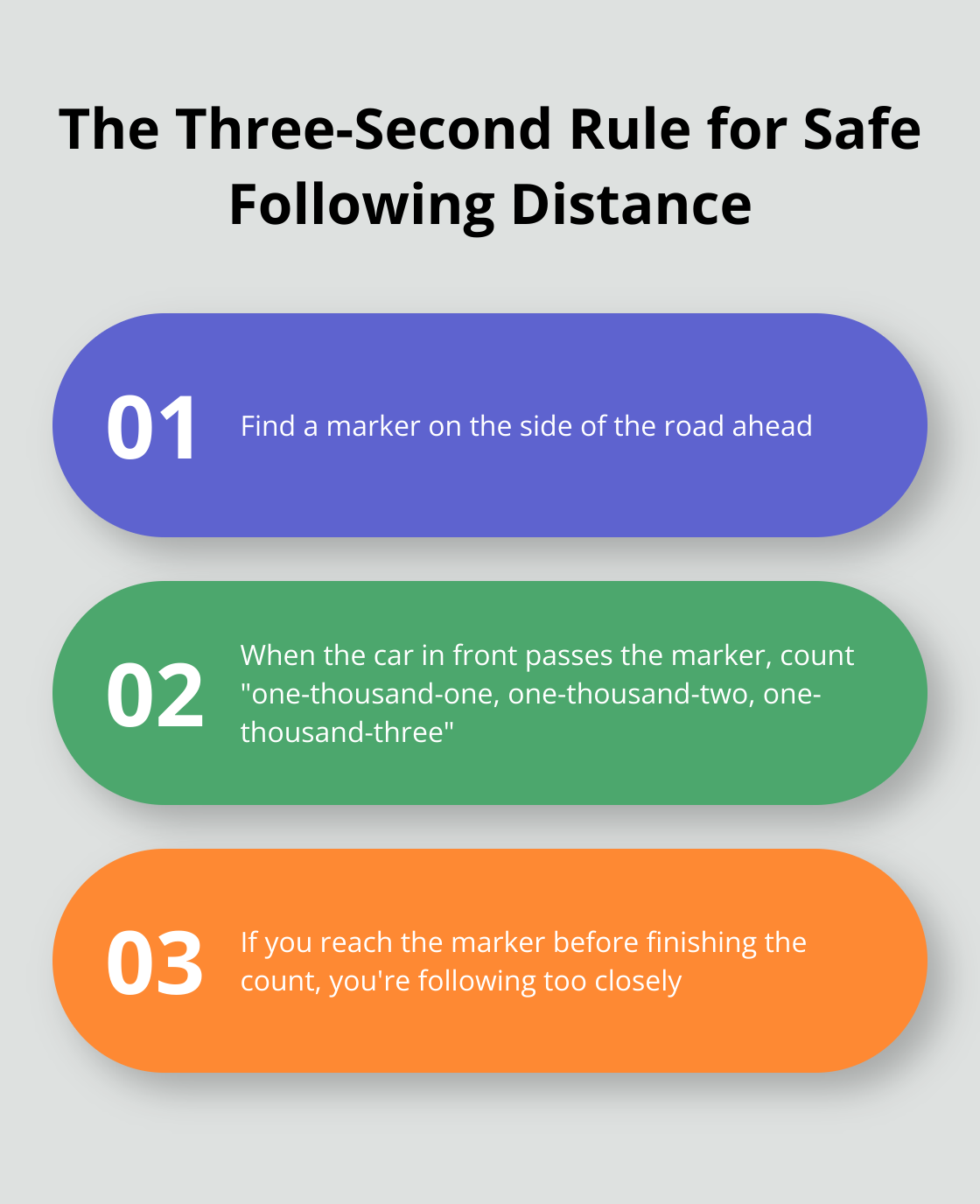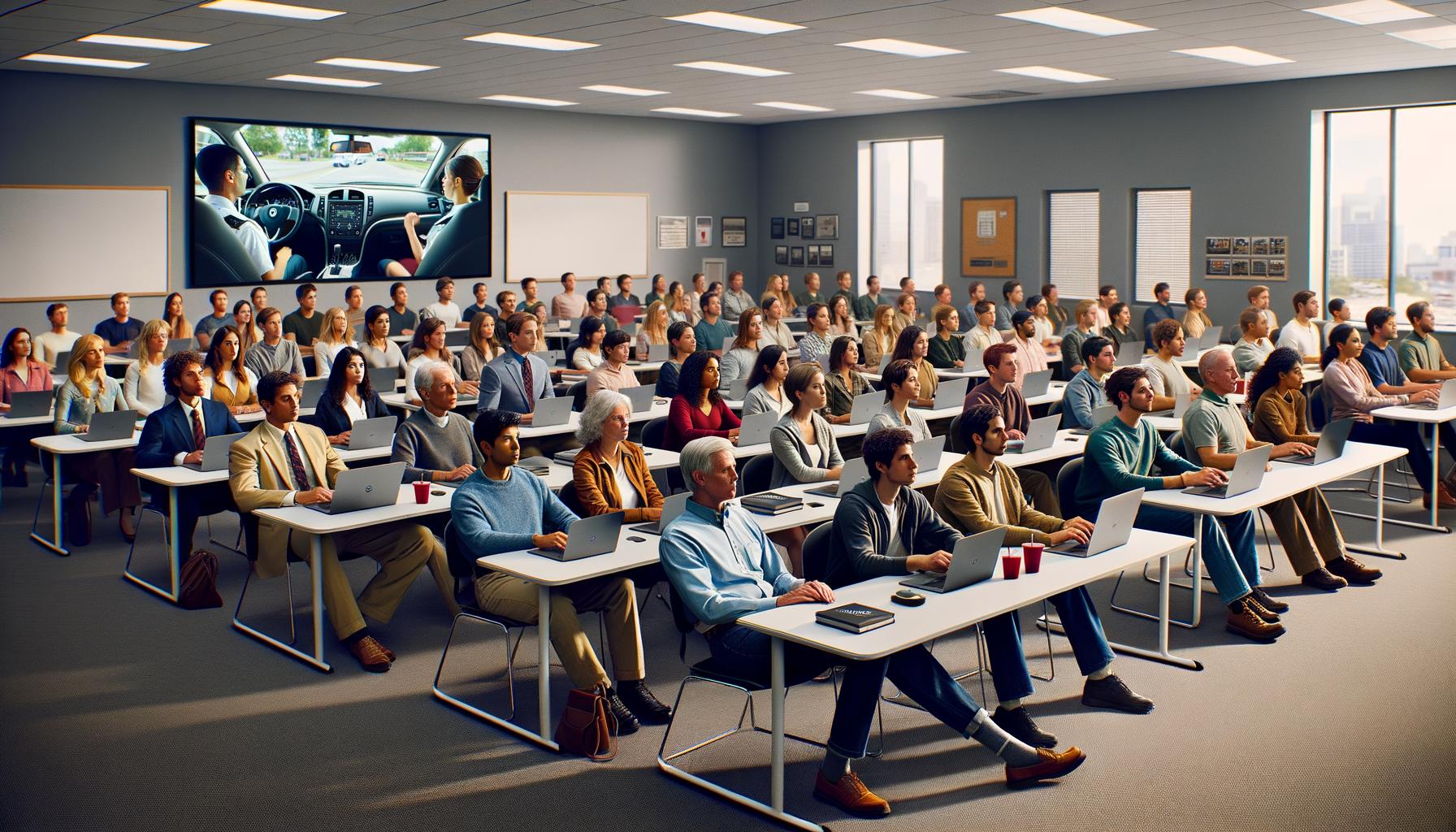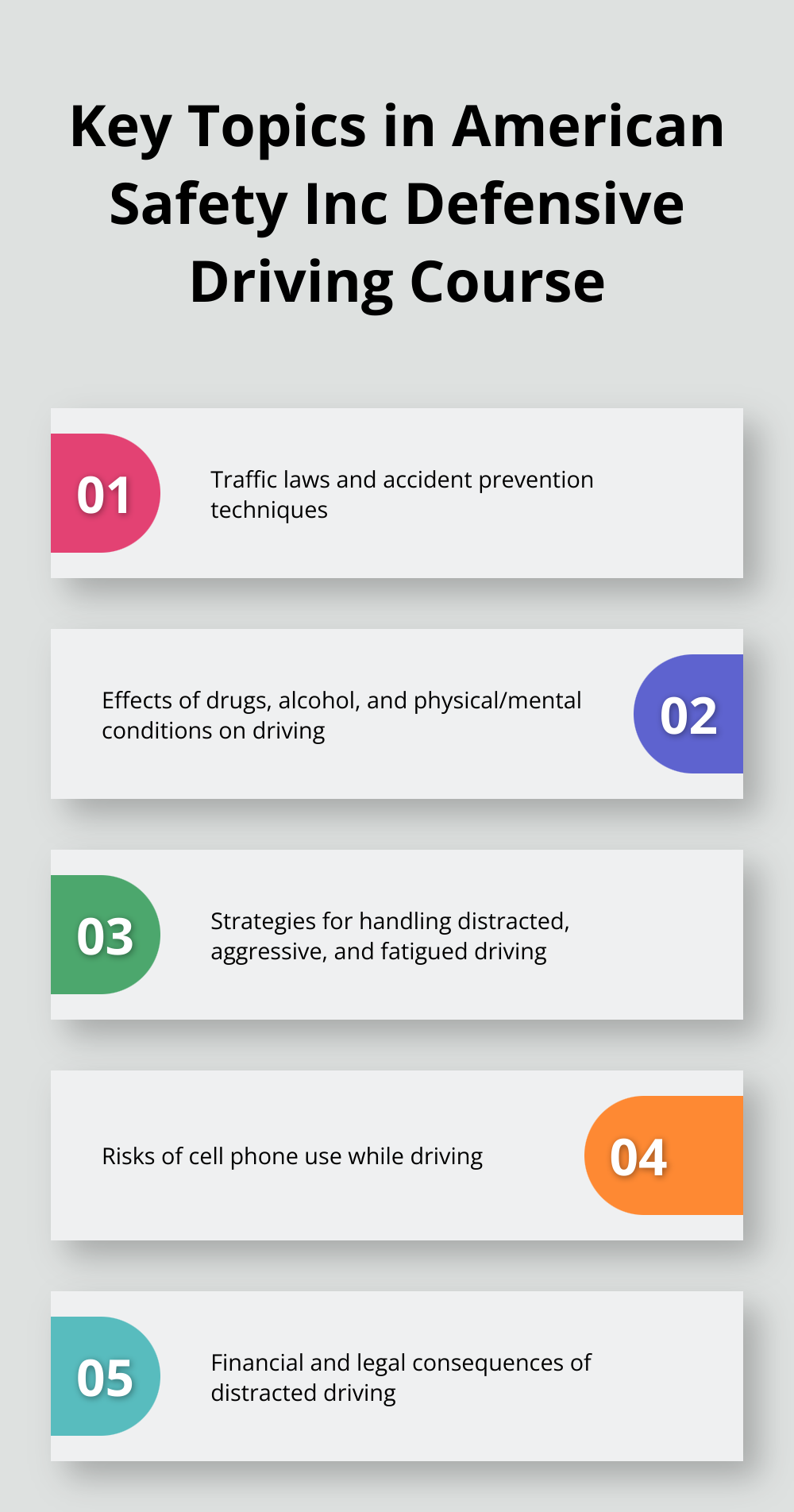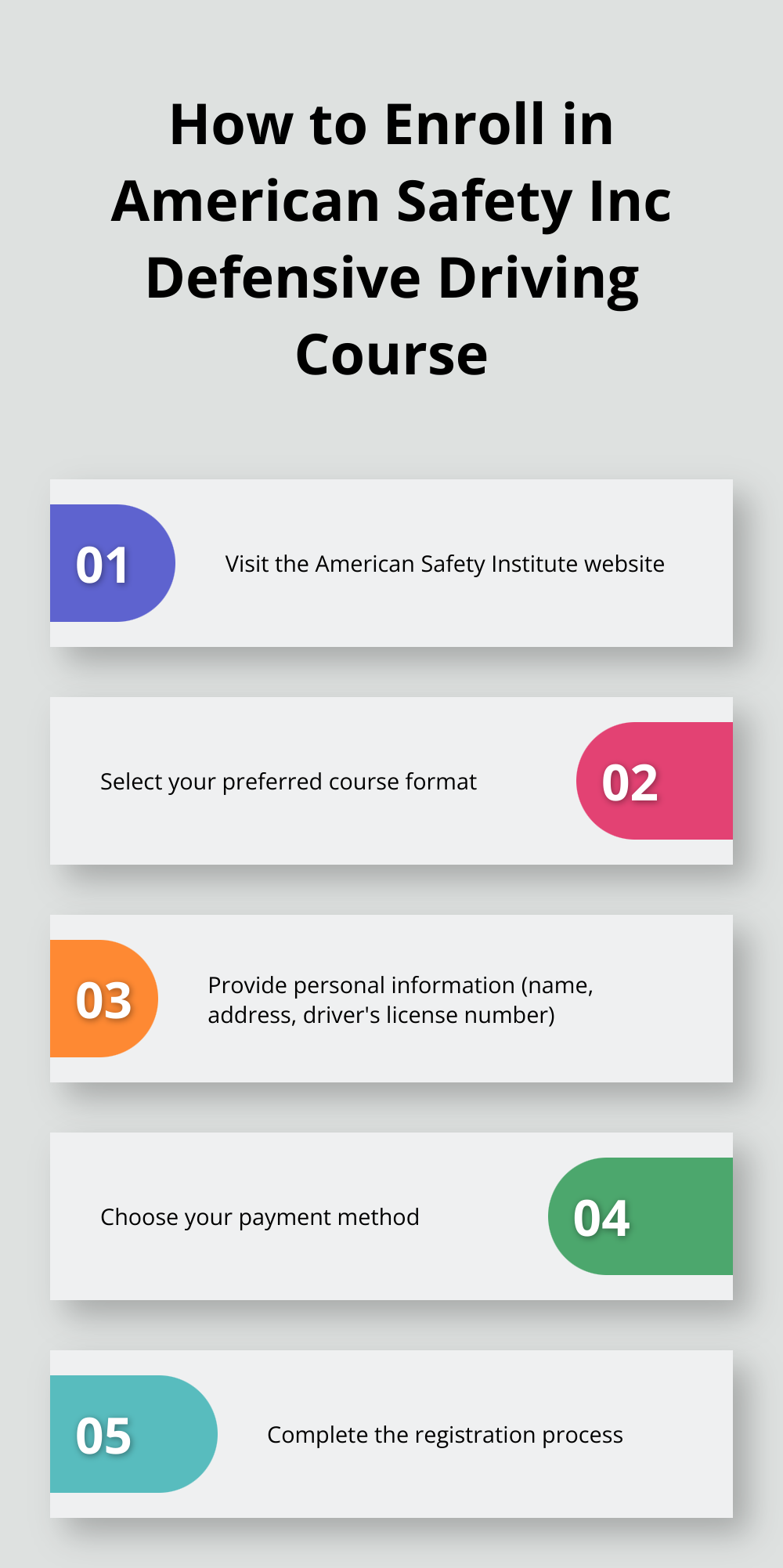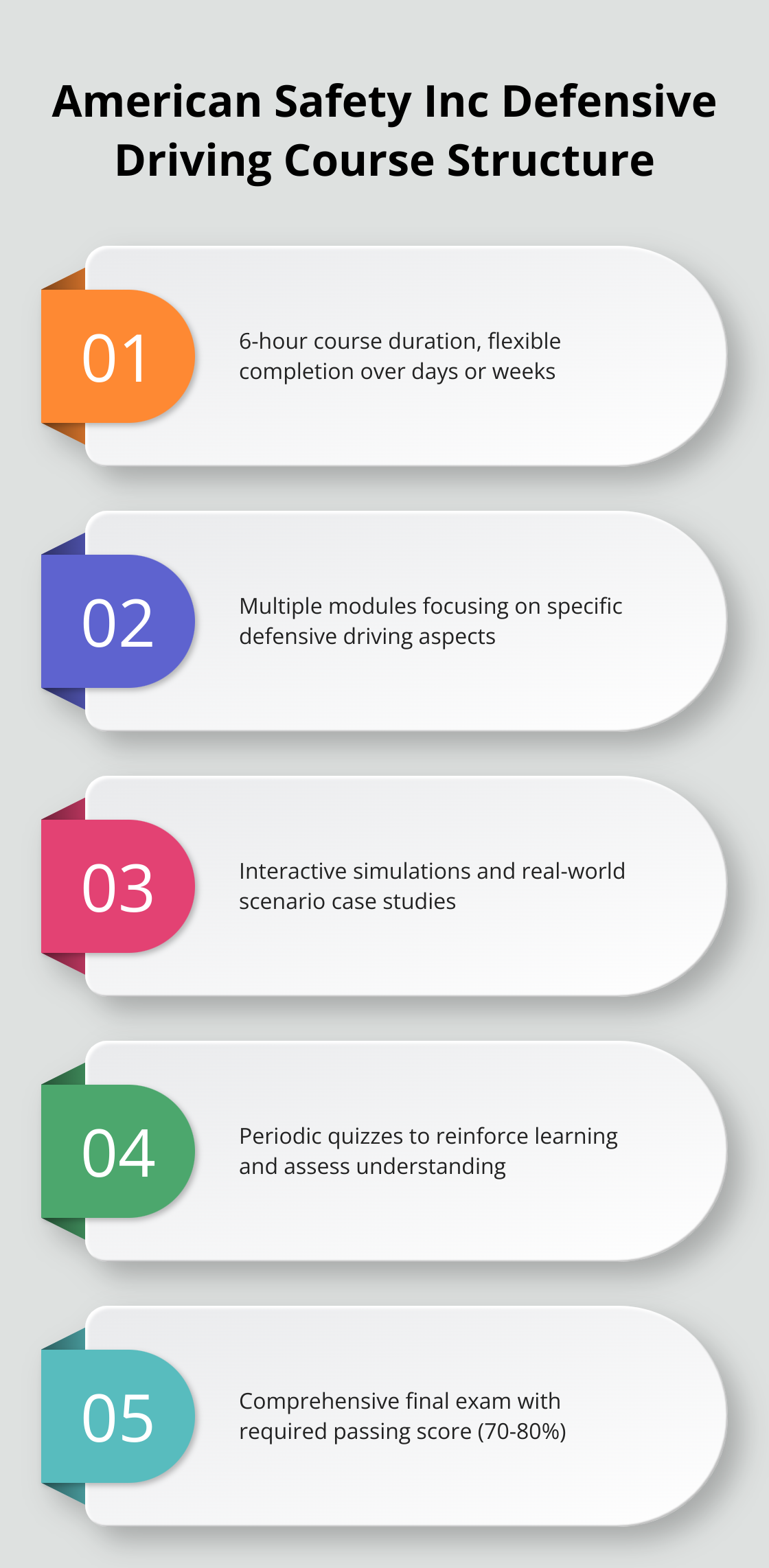How to Complete Texas Defensive Driving Online Course
At The Wiser Driver Driving School, we understand the importance of completing a Certified Texas Defensive Driving Online Course.
This convenient option allows drivers to fulfill their legal requirements and improve their road safety skills from the comfort of their homes.
In this guide, we’ll walk you through the process of enrolling in and completing an online defensive driving course in Texas, ensuring you have all the information you need to succeed.
Why Take a Texas Defensive Driving Course Online?
Ticket Dismissal and Insurance Benefits
Texas defensive driving courses serve two main purposes: they help drivers dismiss traffic tickets and improve their road safety skills. The Texas Department of Licensing and Regulation (TDLR) confirms that completing an approved defensive driving course can lead to the dismissal of certain moving violations. This prevents points from accumulating on your driving record and potentially saves you from increased insurance premiums.
Many insurance providers offer discounts to drivers who complete defensive driving courses. These discounts can range from 5% to 10% off your premium (depending on your insurance company’s policies). It’s wise to check with your provider about potential savings before you enroll in a course.
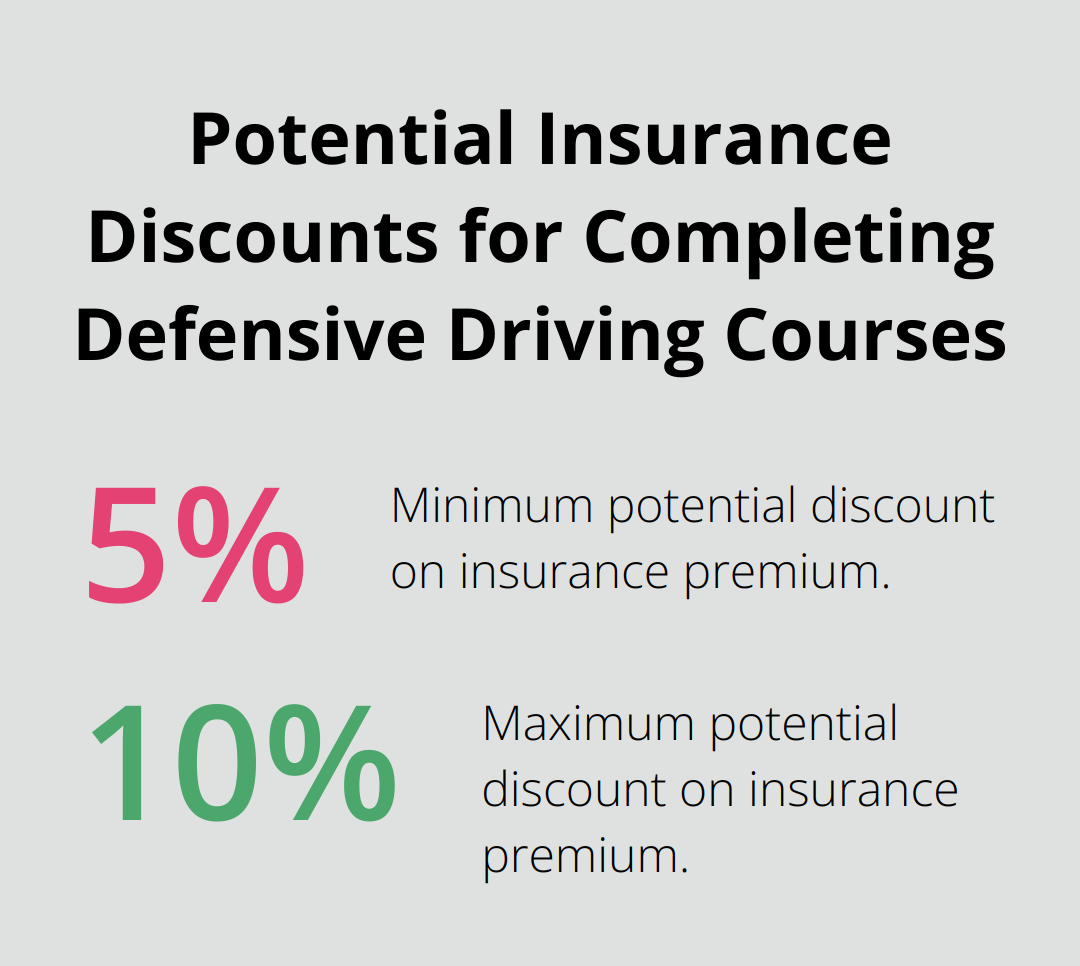
Convenience and Flexibility
Online defensive driving courses offer unmatched convenience. You can complete the course from any location with an internet connection (your home, office, or local coffee shop). This flexibility benefits those with busy schedules or limited transportation options.
Most online courses allow you to progress at your own pace. You must complete the required six hours of instruction within the specified timeframe. This means you can break up the course into smaller, manageable sessions that fit your schedule.
Eligibility and Requirements
To qualify for a Texas defensive driving course, you must meet specific criteria:
- You need a valid Texas driver’s license.
- If you’re taking the course for ticket dismissal, you must not have completed a defensive driving course for this purpose in the past 12 months.
Not all traffic violations qualify for dismissal through a defensive driving course. Serious offenses, such as DUIs or excessive speeding, typically don’t qualify. Always check with the court that issued your citation to confirm your eligibility before you enroll in a course.
Course Content and Structure
Texas defensive driving courses cover a wide range of topics to enhance your driving skills and knowledge. These include:
- Texas traffic laws and regulations
- Safe driving techniques
- Accident prevention strategies
- The dangers of distracted and impaired driving
The course structure typically includes a mix of text, videos, and interactive elements to keep you engaged throughout the learning process. At the end of the course, you’ll need to pass a final exam to receive your completion certificate.
Now that you understand the benefits and requirements of online defensive driving courses in Texas, let’s explore how to enroll in one.
How to Enroll in a Texas Online Defensive Driving Course
Finding TDLR-Approved Course Providers
The Texas Department of Licensing and Regulation (TDLR) maintains a list of approved defensive driving course providers. You can access this list on the TDLR website. It’s important to select a provider from this list to ensure your course completion will be recognized by Texas courts and insurance companies.
Selecting the Right Course
When you choose a course, consider these factors:
- Course format: Providers offer various formats (text-based, video content, or interactive elements). Select a format that matches your learning style.
- Price: Course fees typically range from $25 to $35. Be cautious of providers offering courses at significantly lower prices, as they might not be TDLR-approved.
- Customer support: Look for providers that offer robust customer support, especially if you’re not tech-savvy. Some providers provide support seven days a week to assist students throughout the course.
- Course duration: All Texas defensive driving courses must last at least six hours. Some providers offer courses that can be completed more quickly. However, faster doesn’t always mean better – ensure the course provides comprehensive content to improve your driving skills.
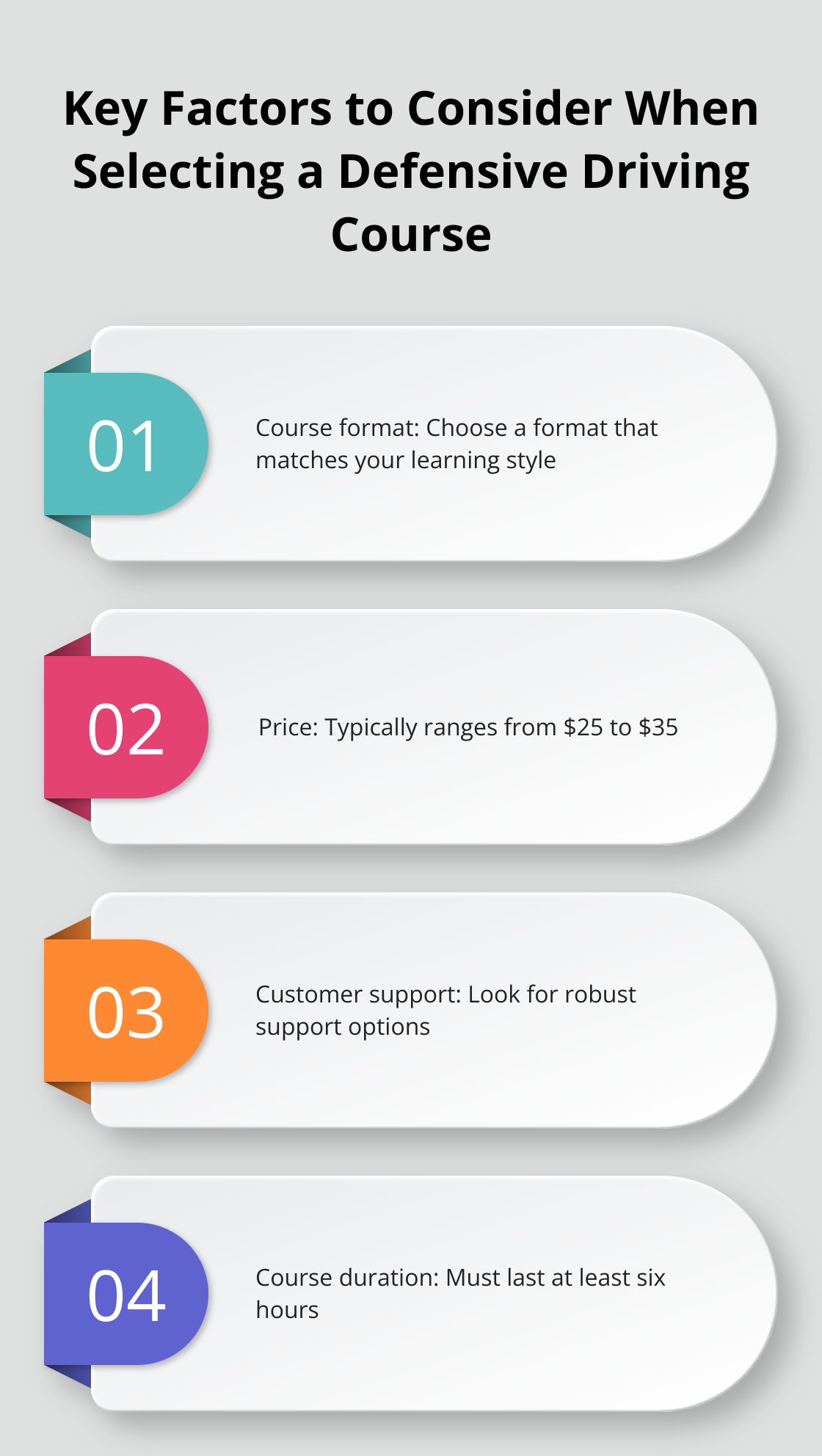
Registration and Payment Process
After you select a course provider, the registration process usually involves these steps:
- Create an account on the provider’s website.
- Provide personal information, including your driver’s license number.
- If you’re taking the course for ticket dismissal, enter information about your citation.
- Choose your payment method. Most providers accept credit cards, debit cards, and sometimes PayPal.
- Some providers may ask you to verify your identity through a series of questions or by uploading a photo of your driver’s license.
After you complete these steps, you’ll typically gain immediate access to the course materials. Keep your login information handy, as you may need to complete the course in multiple sessions.
Preparing for the Course
Before you start the course, take a few steps to set yourself up for success:
- Ensure you have a reliable internet connection.
- Choose a quiet, comfortable space where you can focus without distractions.
- Gather any necessary materials (e.g., notepad, pen) to take notes during the course.
- Plan your schedule to allow enough time to complete the course before any deadlines (if applicable).
With your enrollment complete and preparations made, you’re ready to start your Texas online defensive driving course. The next section will guide you through the course completion process and provide tips for success.
How to Navigate Your Texas Defensive Driving Online Course
Course Structure and Content
Texas defensive driving courses cover six main topics, including traffic crashes, traffic safety problems, and psychological factors. These courses refresh your knowledge and improve your driving skills.
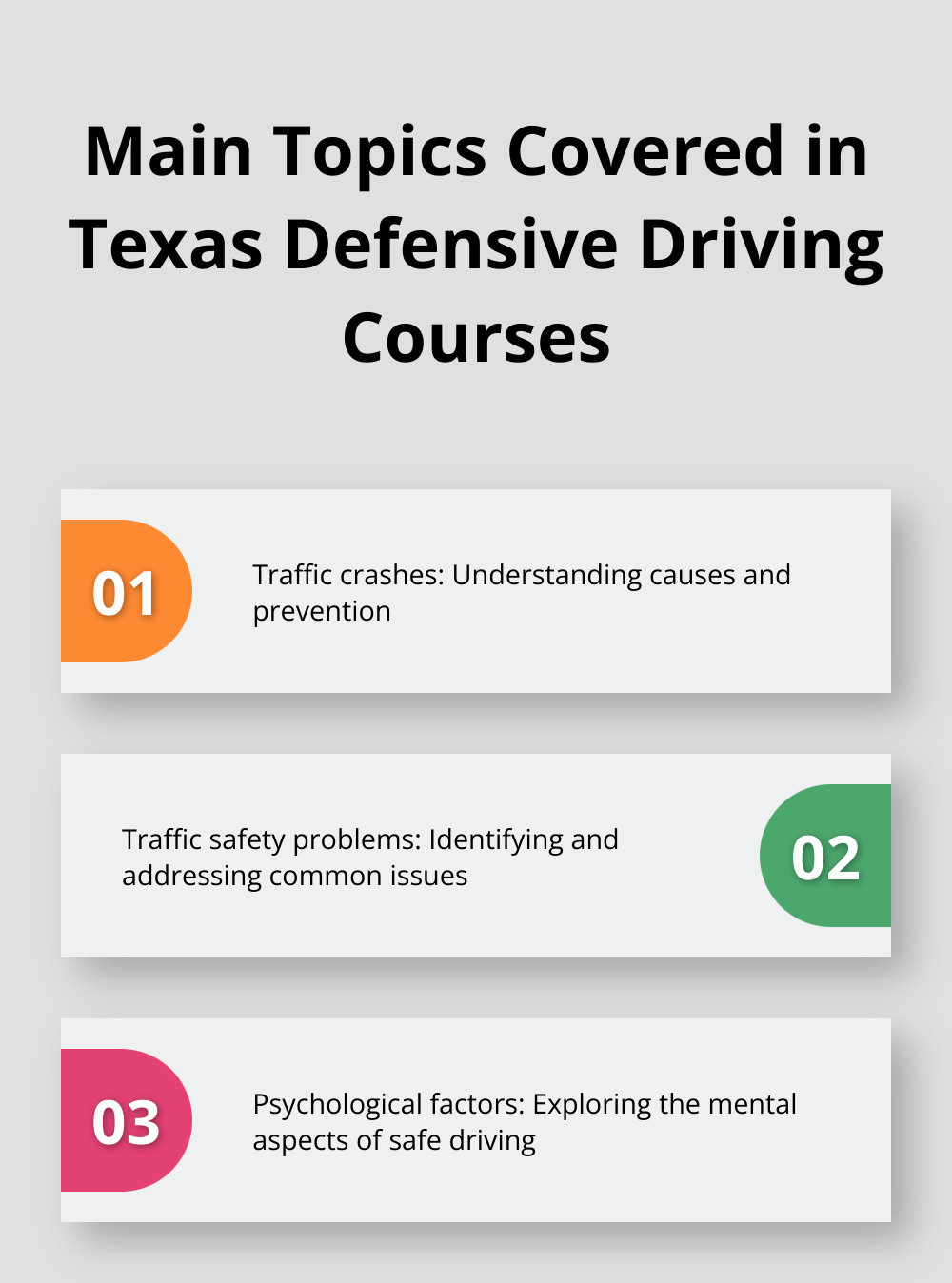
Most online courses divide into modules or chapters, each focusing on a specific defensive driving aspect. You’ll encounter a mix of text, videos, and interactive elements. For example, you might watch a video demonstrating proper merging techniques, then answer questions to test your understanding.
Time Management and Deadlines
Texas law requires defensive driving courses to last at least six hours. However, you don’t have to complete the course in one sitting. Most providers allow you to log in and out as needed, saving your progress along the way.
If you take the course for ticket dismissal, pay close attention to your court-mandated deadline. Start the course at least a week before your due date to allow for any unexpected delays or technical issues.
Tips for Success
To make the most of your online defensive driving course, consider these strategies:
- Create a distraction-free environment. Turn off phone notifications and find a quiet space where you can focus.
- Take breaks. Regular breaks can help you stay alert and retain information better.
- Take notes. Write down key points, especially those related to Texas traffic laws or safe driving techniques you weren’t aware of.
- Engage with interactive elements. Many courses include quizzes or games (which aren’t just for fun – they help reinforce important concepts).
- Reach out for help. If you struggle with any part of the course, contact the provider’s customer support team.
Choosing the Right Provider
When selecting a course provider, consider factors such as course format, price, and customer support. The Wiser Driver Driving School offers comprehensive programs designed for drivers of all ages, including defensive driving courses for license points reduction.
Post-Course Steps
After completing your course, you’ll receive a certificate of completion. Keep this certificate safe, as you’ll need it for ticket dismissal or insurance discount purposes. Some providers (like The Wiser Driver) offer instant certificate delivery, while others may take a few days to process.
Final Thoughts
A Certified Texas Defensive Driving Online Course offers numerous benefits for drivers. You can improve your driving skills, dismiss traffic tickets, and potentially reduce insurance premiums. The convenience of online courses allows you to learn at your own pace from any location with internet access.
The Wiser Driver Driving School provides comprehensive driving education programs for all ages. Our courses include defensive driving for license points reduction and personalized driving lessons. We aim to help you become a safer, more confident driver on Texas roads.
Your investment in defensive driving education will promote road safety for yourself and others. The skills you learn will serve you well beyond course completion (making you a wiser driver every time you get behind the wheel). Take an active role in enhancing your driving abilities and contribute to safer Texas roads.



